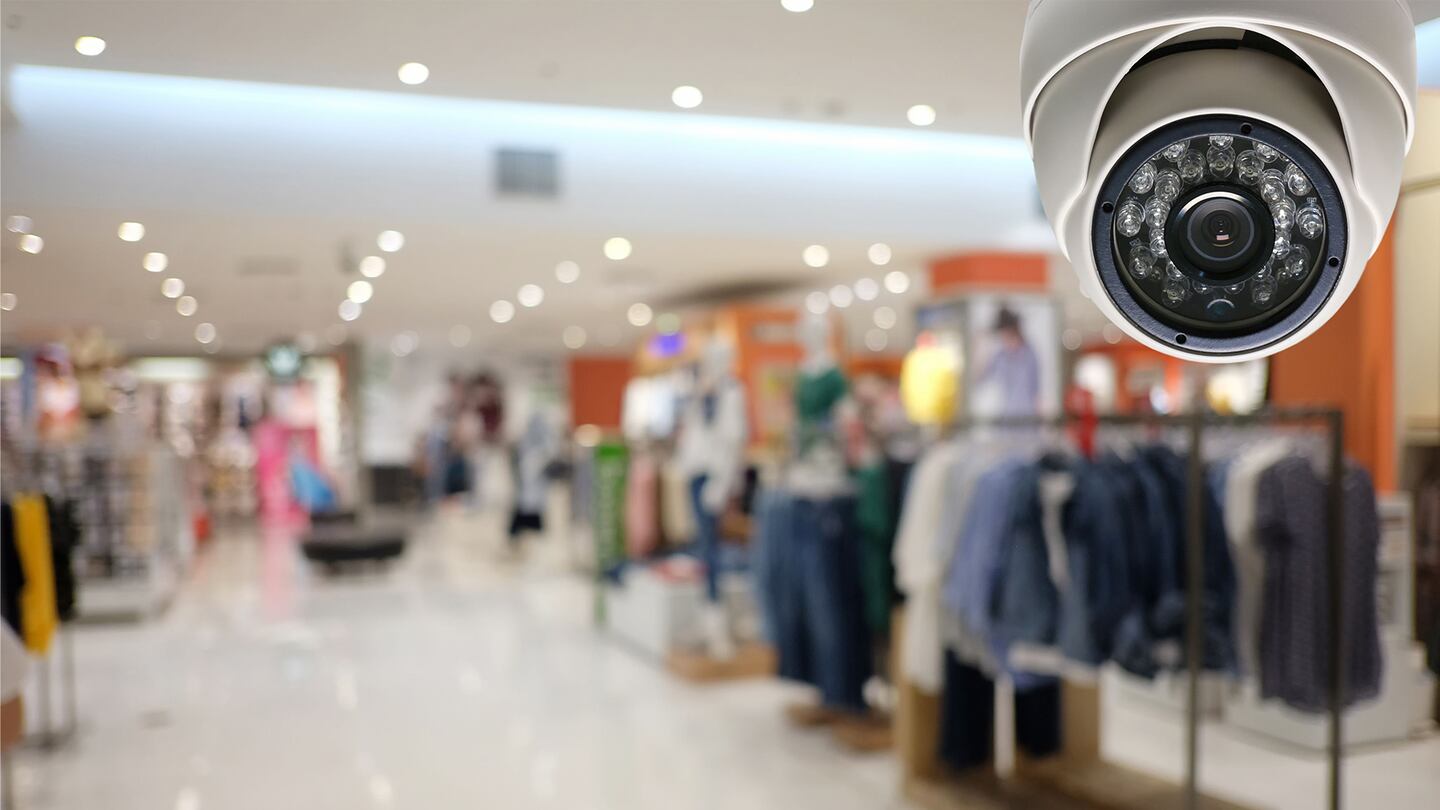
The Business of Fashion
Agenda-setting intelligence, analysis and advice for the global fashion community.

Agenda-setting intelligence, analysis and advice for the global fashion community.

The main lobbying group for US retailers retracted its claim that “organised retail crime” accounted for nearly half of all inventory losses in 2021 after finding that incorrect data was used for its analysis.
A spokesperson for the National Retail Federation said Tuesday that the organisation had removed the sentence from its report on organised retail crime published in April. It produced the report in collaboration with private security firm K2 Integrity.
The research — which was edited in late November, according to NRF’s website — previously stated that “nearly half” of the $94.5 billion in inventory losses reported by retailers in a 2021 survey “was attributable” to organised retail crime.
Retail executives and law enforcement officials use the term organised retail crime to describe coordinated groups of thieves who shoplift or steal from retailers’ warehouses and trucks, reselling stolen merchandise on the black market.
ADVERTISEMENT
The NRF’s claim that organised retail crime accounted for “nearly half” of inventory losses was repeated in multiple media reports on the issue. The NRF has cited growing rates of crime in calls for Congress to pass new laws, including proposed legislation that would broaden the scope of offences considered “organised” crime and increase potential penalties.
According to NRF spokesperson Danielle Inman, the claim that organised crime accounted for nearly half of all inventory losses was based on two-year-old testimony from Ben Dugan, former president of the advocacy group Coalition of Law Enforcement and Retail. In 2021, he told a US Senate committee that organised retail crime accounted for $45 billion in annual losses for retailers, according to estimates by the coalition.
The inclusion of the claim in NRF’s report was “taken directly from Ben’s testimony” and “was an inference made by the K2 analyst linking the results of the NRF survey from 2021 and Ben Dugan’s statement made that same year,” Inman said.
K2 Integrity did not immediately respond to a request for comment. Dugan could not immediately be reached for comment on how the coalition calculated the $45 billion figure.
The NRF also removed references to the coalition’s research in its April report.
The NRF’s retraction highlights ongoing difficulties in quantifying the role crime plays in “shrink” — another industry term for inventory losses due to any cause, from shipping mistakes to clerical errors.
Some law enforcement sources, including a November report from the Council on Criminal Justice, suggest that shoplifting outside major cities like New York has decreased since the start of the Covid-19 pandemic. Many retailers, however, say that shoplifting is widely underreported and crime statistics do not accurately reflect the scope of the problem.
Target, DICK’s Sporting Goods and Walgreens are among major retailers that have cited rising crime as a significant drag on profitability, though some have since walked back on those concerns. In a January earnings call, Walgreens’ CEO told investors that “maybe we cried too much” when reporting rising shoplifting the previous year.
ADVERTISEMENT
Industry data, on the other hand, is often “noisy” or conflates broader statistics on shrink with those on organised retail crime, according to Trevor Wagener, chief economist for the Computer & Communications Industry Association, which has analysed retail crime data on behalf of members such as Amazon.com and Apple.
He pointed to the Retail Industry Leaders Association’s recent estimate that organised crime cost US retailers nearly $70 billion a year, which relied on data from five Fortune 500 companies RILA described as “some of the largest retailers in the country.”
“That’s a very significant extrapolation, especially in an industry where it’s well known that shrink issues vary quite a bit depending on the category of the retailer,” Wagener said.
A spokesperson for RILA said the group “stand[s] by the data from our 2021 report.”
NRF data from its annual Retail Security Survey indicates that the percentage of shrink attributed to external theft, including organised retail crime, has largely remained around 36 percent since 2015.
By Katherine Masters; Editor: Leslie Adler
Learn more:
The Organised Retail Crime Phenomenon, Explained
Reports of large-scale theft rings are driving US lawmakers to explore tough-on-crime policies. Data on whether there is a crime wave paints a more ambiguous picture. BoF unpacks the murky situation.
The company, under siege from Arkhouse Management Co. and Brigade Capital Management, doesn’t need the activists when it can be its own, writes Andrea Felsted.
As the German sportswear giant taps surging demand for its Samba and Gazelle sneakers, it’s also taking steps to spread its bets ahead of peak interest.
A profitable, multi-trillion dollar fashion industry populated with brands that generate minimal economic and environmental waste is within our reach, argues Lawrence Lenihan.
RFID technology has made self-checkout far more efficient than traditional scanning kiosks at retailers like Zara and Uniqlo, but the industry at large hesitates to fully embrace the innovation over concerns of theft and customer engagement.